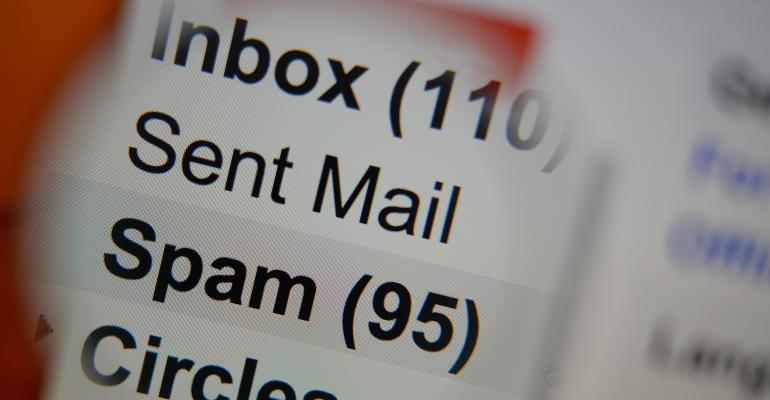Buying an email list in 2022 no longer has a reasonable benefit when compared with the litany of downsides that come with it.
First things first, the results of emails sent to purchased lists are never as good as organically generated ones. Of the time I have observed purchased lists used for widespread email marketing initiatives, I’ve only seen dismal email performance metrics.
If you are an independent financial advisor looking to jump-start your email marketing by purchasing a massive email database, rethink that strategy. It will likely result in more headaches than benefits.
1. A Purchased Email List Doesn’t Capture Your Target Audience
Emails purchased by a third party in bulk will almost never reflect the unique demographic you are looking for that produces results. It is incredibly challenging to understand if the email you are sending will be representative of the target demographic you are targeting with your ad. Individuals on the list you purchased could already be utilizing the services of your competitors and are uninterested in switching advisors or have no interest in an advisor at all.
The age of the email on these purchase lists is also often unreliable. An “updated” list could contain numerous emails of former employees of a company that no longer work there. This is because when employees change jobs, their email is deleted or changed in the system, but the list seller does not know that. Another outcome may be that the old work email is still operational but there is absolutely no one monitoring the email inbox.
Example: Compare this with an individual who willingly opts into your brand online. If an individual goes through the trouble of entering their email on your website, you know they are going to recognize your brand when you send them an email. The reason they gave you their email is also likely because they are interested in what you have to say and would be interested in furthering their relationship with you by engaging with communications you send. This factor is not present in engagements with a purchased email.
2. You Could Be in Violation of Terms and Services
A purchased email list may be breaching the terms and service agreement of your email database provider. Numerous types of email marketing software utilized by independent financial advisors all have remarkably similar terms of service policies that prohibit the use of individuals who have opted out. It is common for email teams of these software companies to monitor the performance of your list and flag any large uploads of contacts, especially if those lists do not generate “reasonable” results. If the software company is nice, it will contact you to remove the list—a simple reprimand. But if the email service provider is not so nice, it will simply ban your account. I have seen horror stories among colleagues where MailChimp instantly and without notice banned an account with no process of appeal for that client for using a purchased list.
If you are like most advisors, getting your first email software up and running was a headache, never mind having to do it again abruptly with a whole new system!
Just like you have a fiduciary duty to act on your client’s behalf, email service providers have a duty to ensure that people using their service are not sending to junk email accounts. Those junk email addresses produce no results and may even drag down the results of all other brands on their server.
3. Email Lists Purchased Are Unqualified Leads
Individuals on your list have probably never heard of your brand before and thus are unlikely to engage with a company they’ve never heard of that has mysteriously entered their inbox without their consent. And I’m sure you can relate—how often do you pick up a call from an unknown number? How often do you open an email from a random email address? Chances are, not too often.
“The confused mind says no” has never been a more applicable phrase.
4. Cybersecurity Protocol Screens These Emails Out
Most online cybersecurity etiquette these days instructs people not to reply to or open anything from brands, companies or email addresses that they are unaware of to prevent phishing scams. That factor alone makes it an uphill battle to get traction with a purchased email list.
Certain audience sectors you might target may also have stronger private cybersecurity filters on their email system. This may mean blocking any emails outright that come from brands not on a specifically approved list.
5. You Could Get Caught in a ‘Spam-Trap’!
Another major concern of using a purchased list is that those lists may contain spam traps that could do massive damage to your brand and email reputation. Recycled spam traps are often domain registrations or email addresses that were once valid but have been reassigned for trapping spam. A couple of common examples are role addresses (sales@, info@, support@) or email addresses of employees who are no longer with the company. When emails are sent to the spam trap, the email service provider knows that the email in question has not been used actively in years and therefore its utilization is a result of a sold email. This is a sign to your email provider to send other material you send to everyone’s spam folders!
The bottom line is that, with the algorithms of today, emails in a list that have not been gathered organically by your own efforts are screened out and can put you on the naughty list for all things digital advertising.
Marcus Roth is Lone Beacon’s senior director of data, automation and content.





